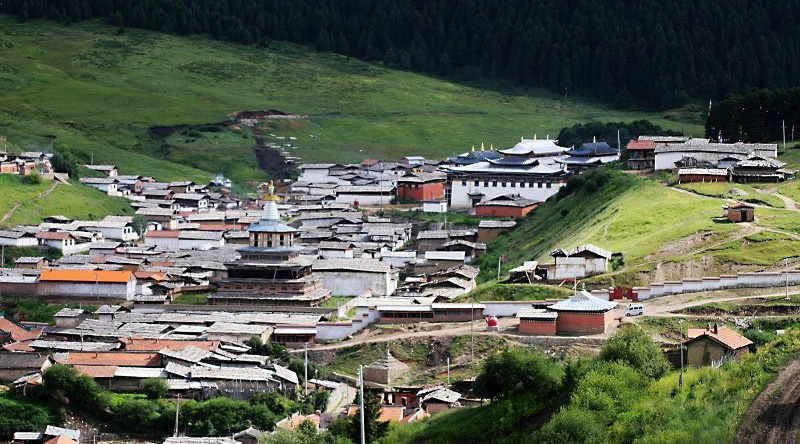Qinghai Lake
Qinghai Lake Overview
-
In the north of China, between Tibet and Gansu lies Qinhai. The Qinghai Lake, located 3,200m above sea level, is the largest salt-water lake of China. The beauty of its salty vastness and the remote peace that it instills attracts travelers as much as the colors that can be found around the lake. They are of purity and contrasts. One of the lake’s highlights is the Bird Island, a peninsular located in the westernmost part of the lake. For most of the summer rare species can be seen here in great multitude
Tongren & Kanbla
-
QinghaiProvince is located in the northeastern part of the Tibetan Plateau and the Yellow River originates in the middle of the province with an average elevation of 3000 meters. Qinghai is the largest Province in China, however the autonomous regions of Tibet, Xinjiang and Inner Mongolia are larger but do not hold provincial status. Huangnan Tibetan Autonomous Prefecture is located in Qinghai Province and capital is Tongren county. The vast plains, high mountains and deserts create a remote and spectacular beauty with a frontier image. In spite of its remoteness there is a wealth of history and culture, particularly in Tibetan Buddhist culture. Qinghai's strong ties to Buddhism stem from its long period as part of the Tibetan Empire and has better withstood the process of modernization so remains an important area to observe history, and Tibetan Buddhism untarnished by the surrounding pressures of change. The sacred lands and dramatic landscapes inspire with a unique spirituality and beauty. The people provide a special warmth and welcome to foreigners. The scenery of the Kanbala National Park is distinctive and the existing villages and monasteries in this remote and beautiful location are special. The sacred lands and dramatic landscapes inspire with a unique spirituality and beauty. The people provide a special warmth and welcome to foreigners. The many and diverse monasteries provide a rich architectural tapestry with their varied form and rich colors.


 Explore Qinghai - Sacred Tibetan Land & Stunning Landscape
Explore Qinghai - Sacred Tibetan Land & Stunning Landscape Sacred Tibetan Lands & Stunning Landscape Of Qinghai & Xiahe
Sacred Tibetan Lands & Stunning Landscape Of Qinghai & Xiahe



